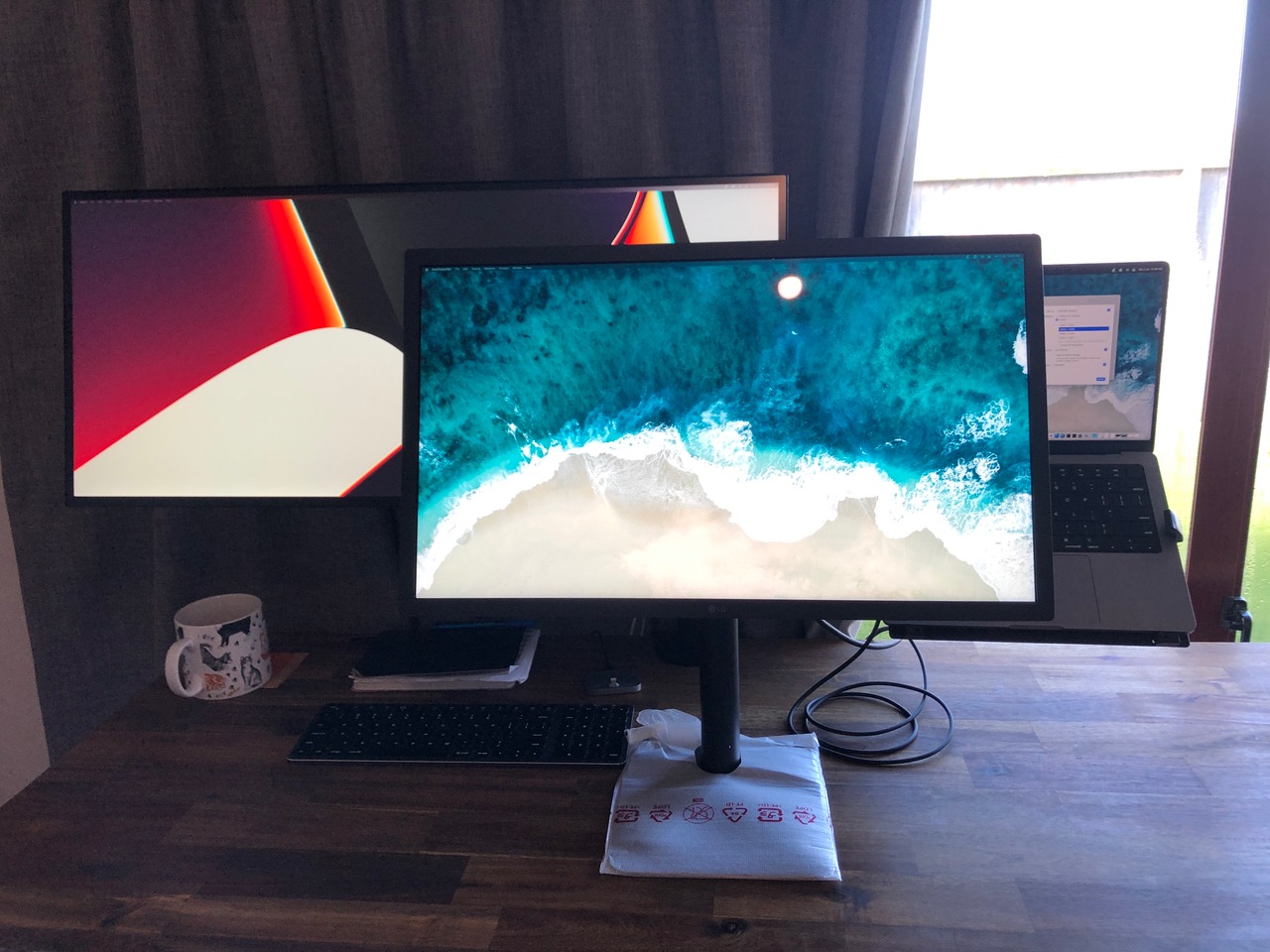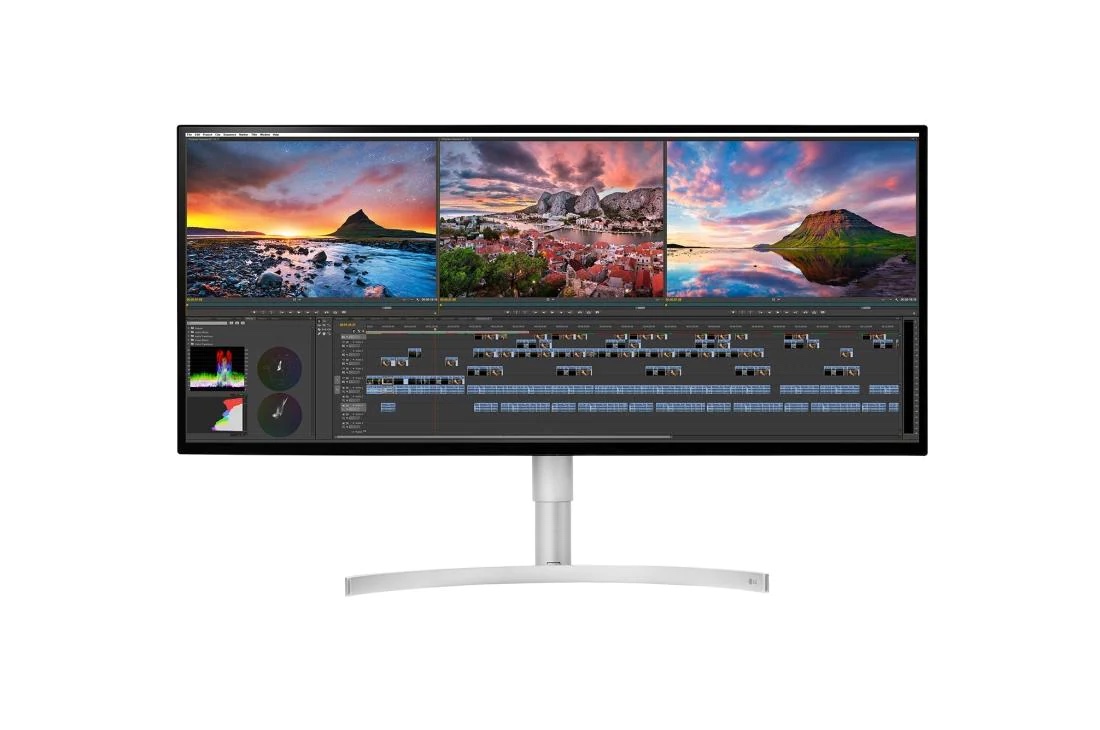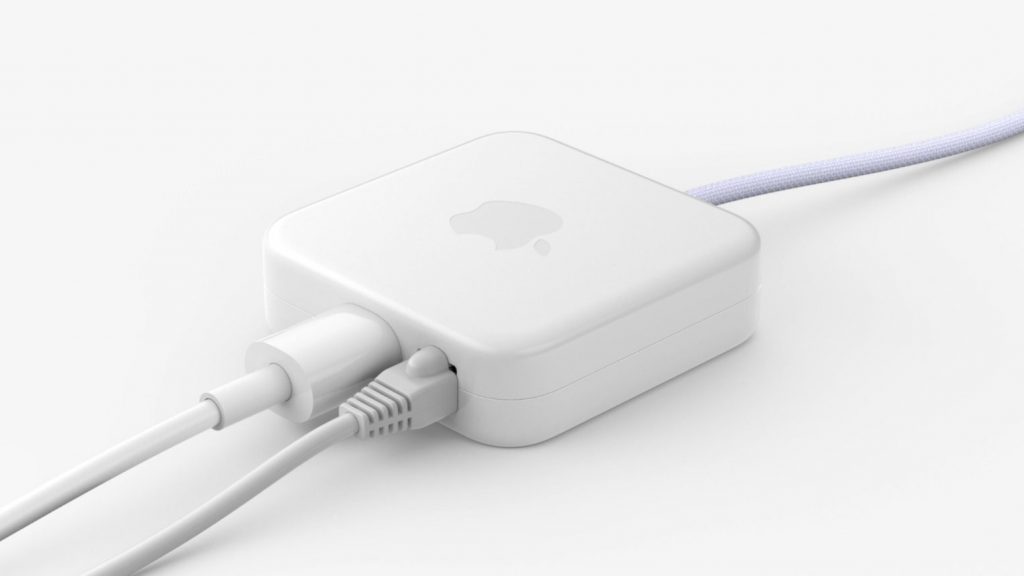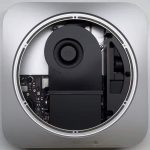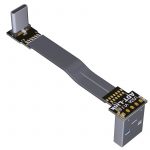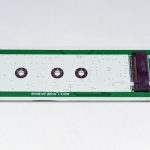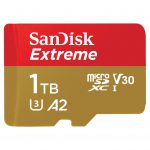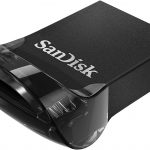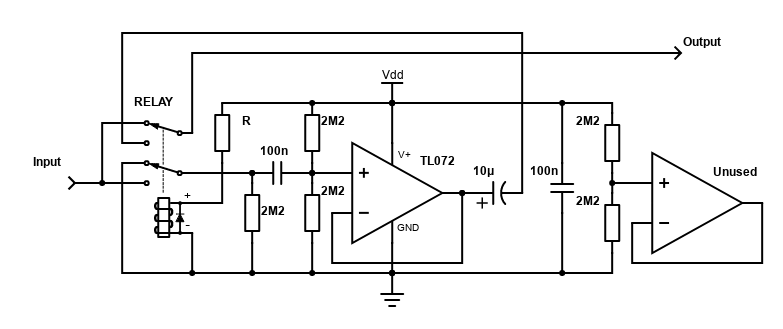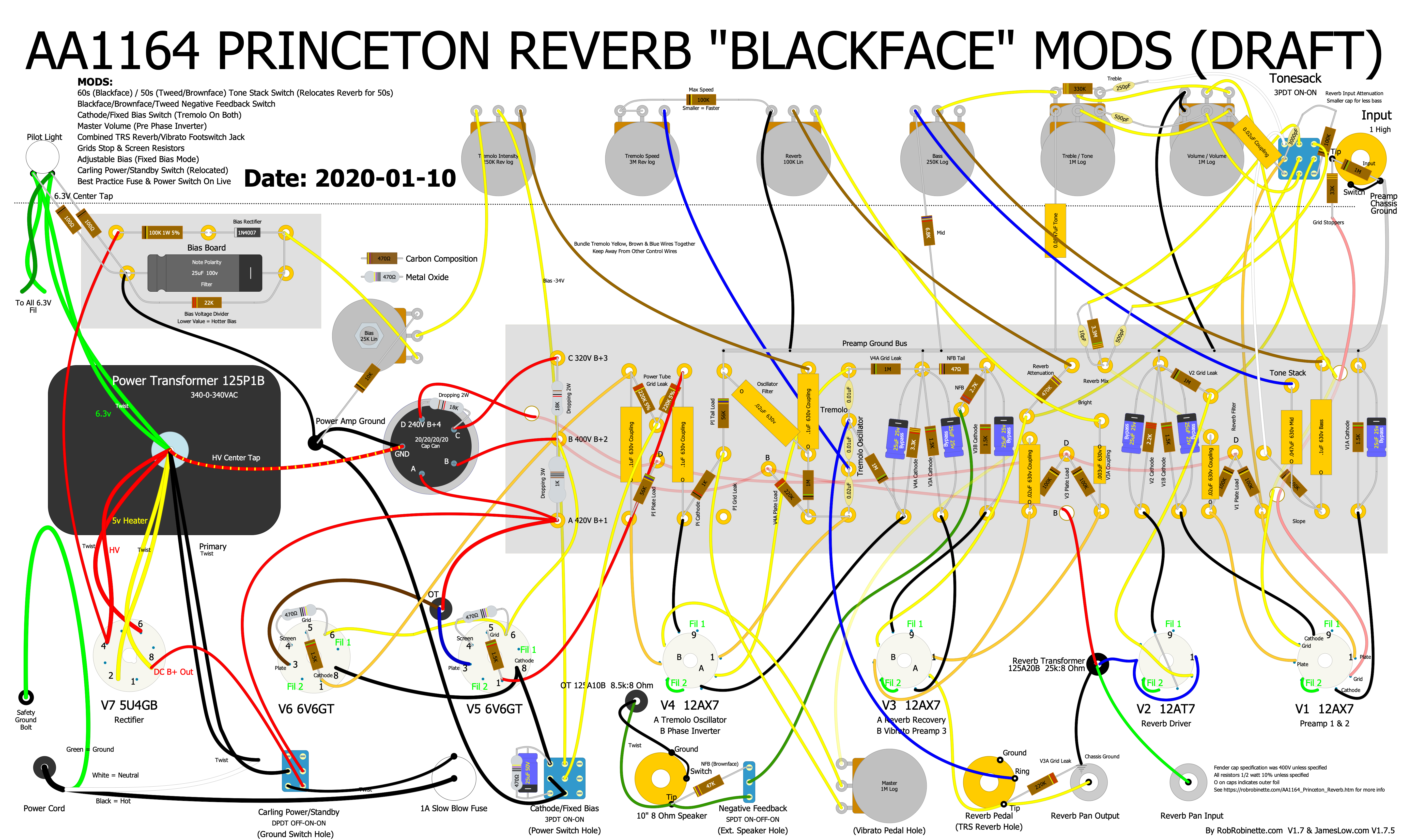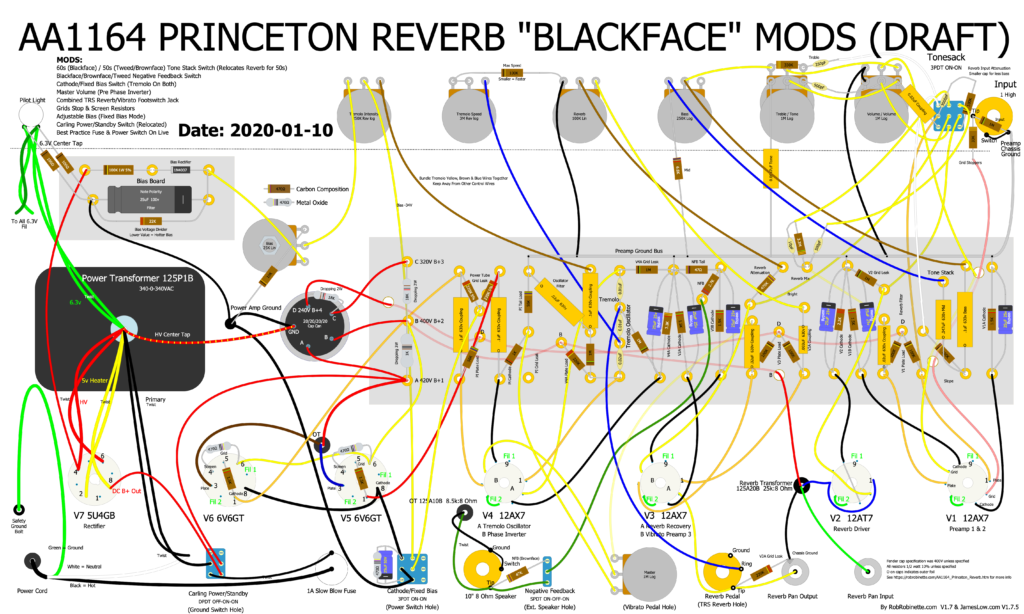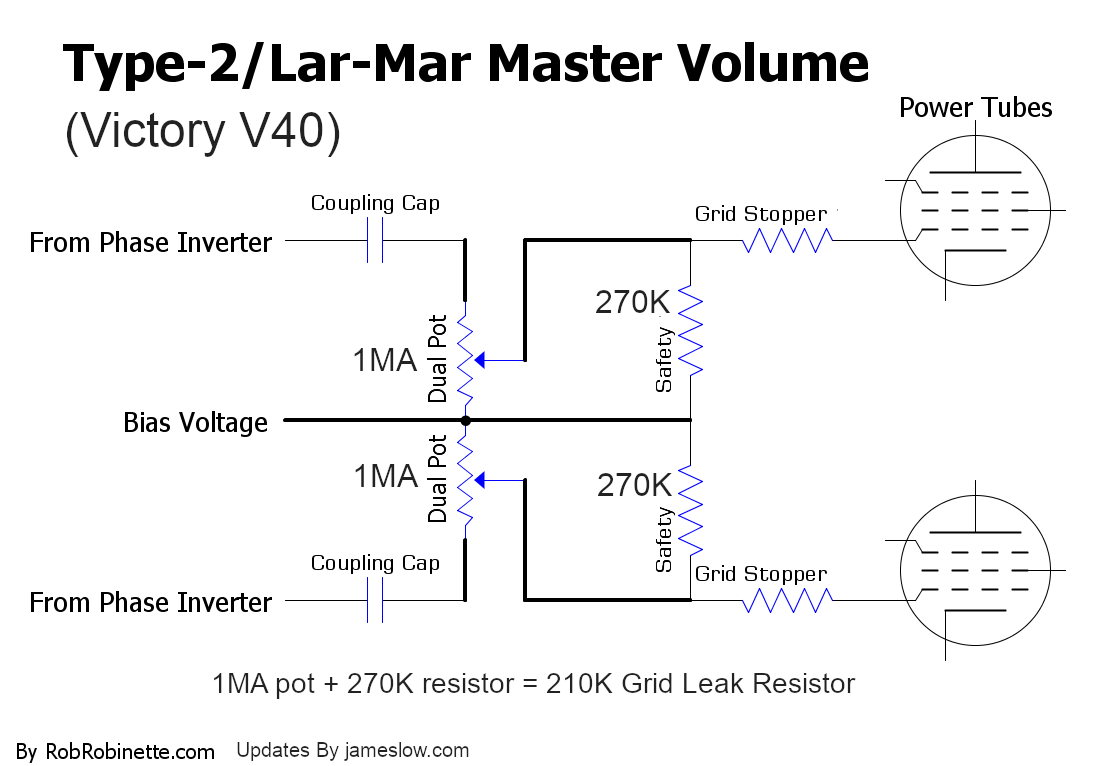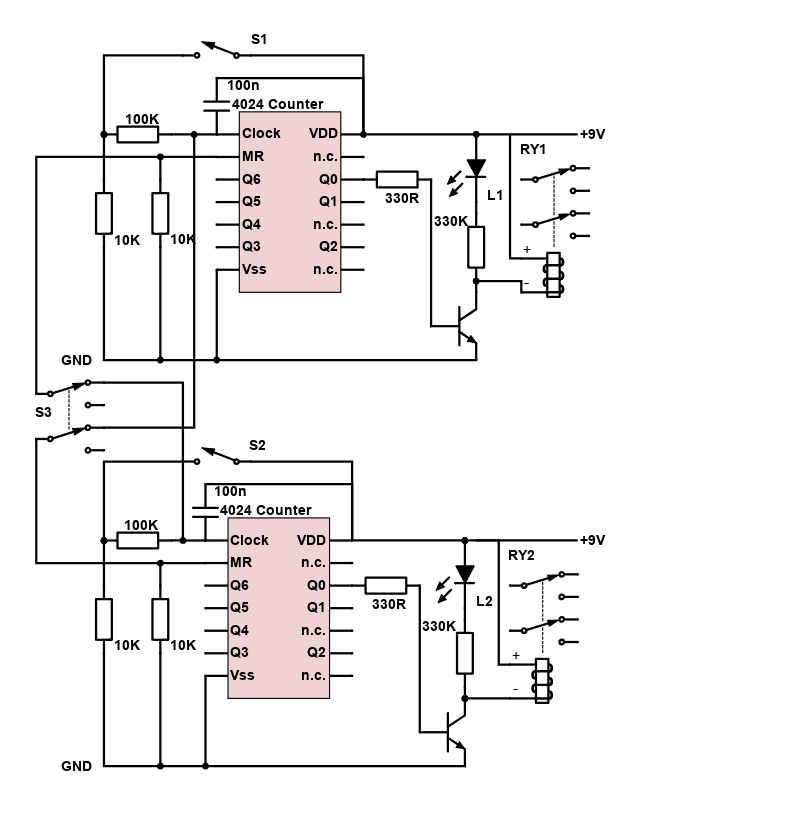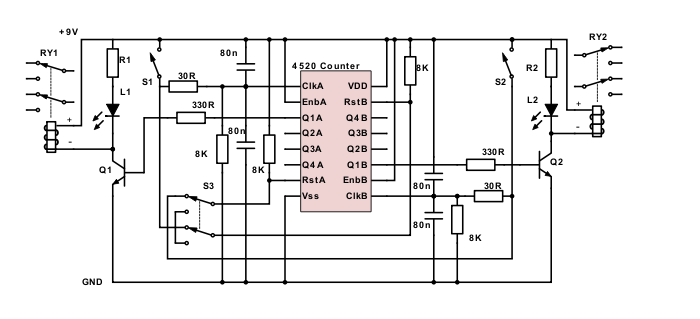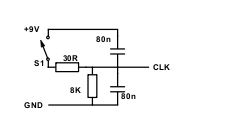For a while now I’ve been using an LG UltraFine 4K (24MD4kL) monitor with my Apple MacBook. However I’ve wanted to have a little more desktop space and was able to get an LG 34WK95U-W UltraWide at a discount, so I thought I would share the differences between these two high pixel density monitors.
Comparison:
– Higher pixel density on the UltraFine, but the UltraWide is still retina like
– Clearing sounding speakers UltraFine, but the UltraWide is louder and much more useable than the built in 14″ MacBook’s
– Ultrafine is slightly brighter, and the semi-gloss screen is slightly more premium
– 3 USB-C ports on the UtraFine compared to 2 USB-A, but the UltraWide has HDMI/DisplayPort inputs and can display two sources at the same time
– UltraFine wakes from sleep faster
– Thunderbolt on the UlatrFine allows daisy-chaining to another 4K monitor
– Native Apple controls for volume an brightness on the LG UltraFine although you can use MonitorControl with the UltraWide
– Some people are annoyed by the fan noise on the UltraWide, but I couldn’t hear it
– About 1.5x more desktop space on the UltraWide
– UltraWide is almost twice the price
Overall, some people might be better off getting two UltraFine 4Ks instead of a single UlatrFine, since it’s almost twice the price, but I got my used and I already use the monitor on my MacBook as a second display as well as Touch ID and the webcam, so having 3 monitors was just too clumsy and took up too much space. I tend to work on just 2/3rds of the UltraFine, as I find two windows optimum as a programmer. But the extra third allows me to have space for email or a video without having to constantly cover my main work.
I had to do a few things to get my UlatrFine to work at high DPI resolutions.
– Update the monitor firmware using the LG OnScreen Control software downloadable here.
– Using the display menu on the monitor itself, change the Display Port version to 1.4. Again it wouldn’t show up as a 5120×2160 monitor without doing this.
More tips can be found on this MacRumors thread. I did not need to use SwitchResX or BetterDummy in order to run at 3840×1620 resolution.
Also while the UltraFine 4K is made for Mac, people have got it working on Windows machines with Thunderbolt, and the brightness can be controlled with one of these apps:
https://apps.microsoft.com/store/detail/lg-ultrafine-brightness/9N5MJ2FQ4GWW
https://github.com/motamed/LG-UltraFine-Brightness-Control
